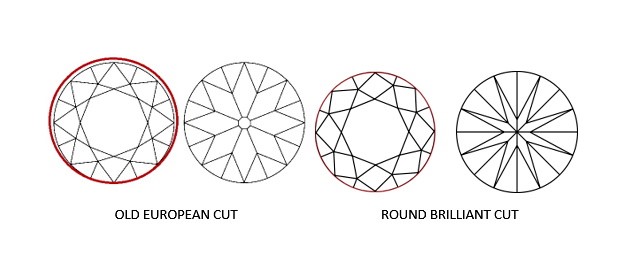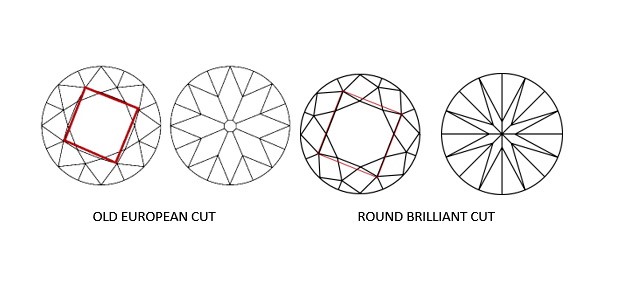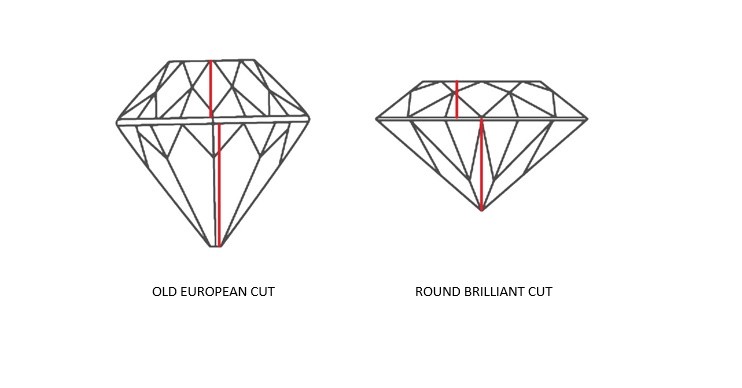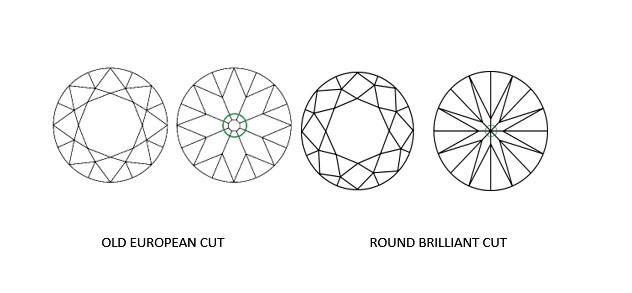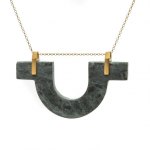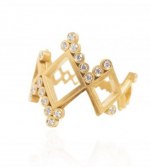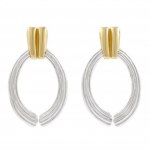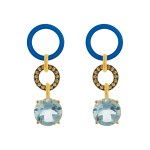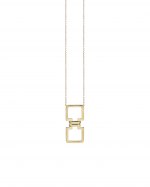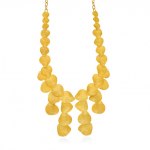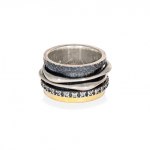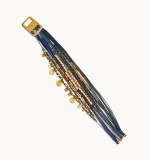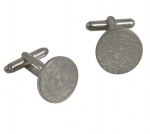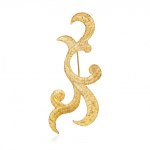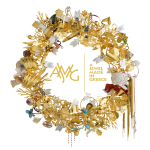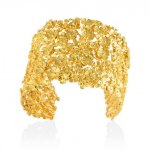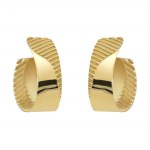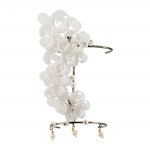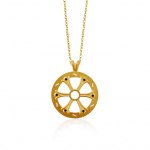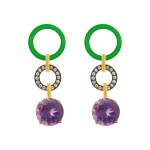Independent Gemological Laboratory - Real Value to Real Gems
Developments in round cut diamonds

"All diamonds brought for appraisal to IGL are tested to determine their origin, regardless of their cut"
For many years, there has been some confusion as to which diamonds are classified as Round Brilliant Cut and which as Round Old European Cut, despite the fact that both cuts may have the same number of facets in a similar placement.
Telling the difference may seem easier with the use of a loupe, but documenting it with evidence is more challenging.
The Old European Cut was the most common cut from 1800 to about 1940. The technology available during that time did not allow diamond-cutters to process the material to the degree possible nowadays, and that is why diamonds were cut either to obtain a beautiful visual result in candle light that would appeal to the buyer, or with the aim of retaining as much carat weight as possible.
In 1919, the mathematician Marcel Tolkowsky published his work on planning the Round Brilliant Cut, the instructions for which are followed to this day. Tolkowsky’s work offered a detailed analysis of how to cut a diamond (Round Brilliant Cut) so that it would reflect as much light back to the beholder’s eyes and changed the entire approach to buying diamonds, adding one more factor to be considered in assessing them – the quality of the cut. In reality, the Round Brilliant Cut has been around from 1950, after the end of World War II.
There was a delay of 20 years in the transition from the old to the new cut between 1919 to 1939, and it was mainly due to two factors: firstly, advances in technology that brought better cutting tools to diamond cutters, and secondly, the transfer of the art from generation to generation, with a slow process of improvement in diamond-cutting techniques.
The confusion arises specifically with diamonds which were cut in this interim period, because some may look like Round Brilliant Cut and some may be described as Round Brilliant Cut with a lower grade in polish and symmetry.
The difference between the Old European Cut and the Round Brilliant Cut can be found in many tiny technical details, which is why the advice of an experienced gemologist is recommended.
Some of the factors taken into account in determining an Old European Cut as opposed to a Round Brilliant Cut are the following:
A non-round shape.
The means available at that time did not allow the technician to give the octahedron uncut diamond a perfectly round shape. In contrast with the Old European Cut diamonds, the modern Round Brilliant Cut diamonds, even to this day, have small deviations in diameter, which are nevertheless not easily visible.
(PICTURE 1)
Small Table (>53% of total diameter)
The small table is typically seen in Old European Cut diamonds. This was because the trend at that time called for retaining the greatest weight possible. It was, therefore, desirable to maintain a high crown and thus greater weight in carats.
In modern diamond-cutting, it is considered a factor that decreases the cut quality considerably.
(PICTURE 2)
High Crown / Deep Pavilion
The higher the crown, the smaller the trapezoid, a rule that applies even in modern round cuts.
(PICTURE 3)
Faceted Culet (pavilion point)
This feature is frequently seen in Old European Cut diamonds and less so in Round Brilliant Cut diamonds.
(PICTURE 4)
In Greece, Old European Cut diamonds are quite common and usually come from antique jewellery. They were rarely used in modern jewellery-making, but in recent years a new trend has emerged amongst jewellery designers to use them either as part of recycling old jewellery or setting older-cut diamonds into modern designs. In particular, an increased demand and decreased supply of diamonds of between 1.00 and 2.00 ct has been noted, a fact which is expected to cause a rise in their price. Due to increased demand, companies making synthetic diamonds used older cutting techniques so that old cut diamonds can be obtained from modern synthetic material. Such a combination can be misleading, since at the time when Old European Cut diamonds were being cut, it had not yet been possible to create diamonds in the lab.
For this reason, all diamonds brought for appraisal to IGL are tested to determine their origin (synthetic or mined), regardless of their cut.
Diamonds which have been cut using either old or new techniques have unique characteristics and it is possible for artists/jewellers to use them in modern or vintage designs or a combination of both. The features and form of the materials allow jewellers to create special, one-of-a-kind pieces of jewellery.
The piece that results must be appropriately documented as to the quality and characteristics of the materials, style or even its uniqueness so that it may be passed on to successive generations with assurance.
Source: George Spyromilios
